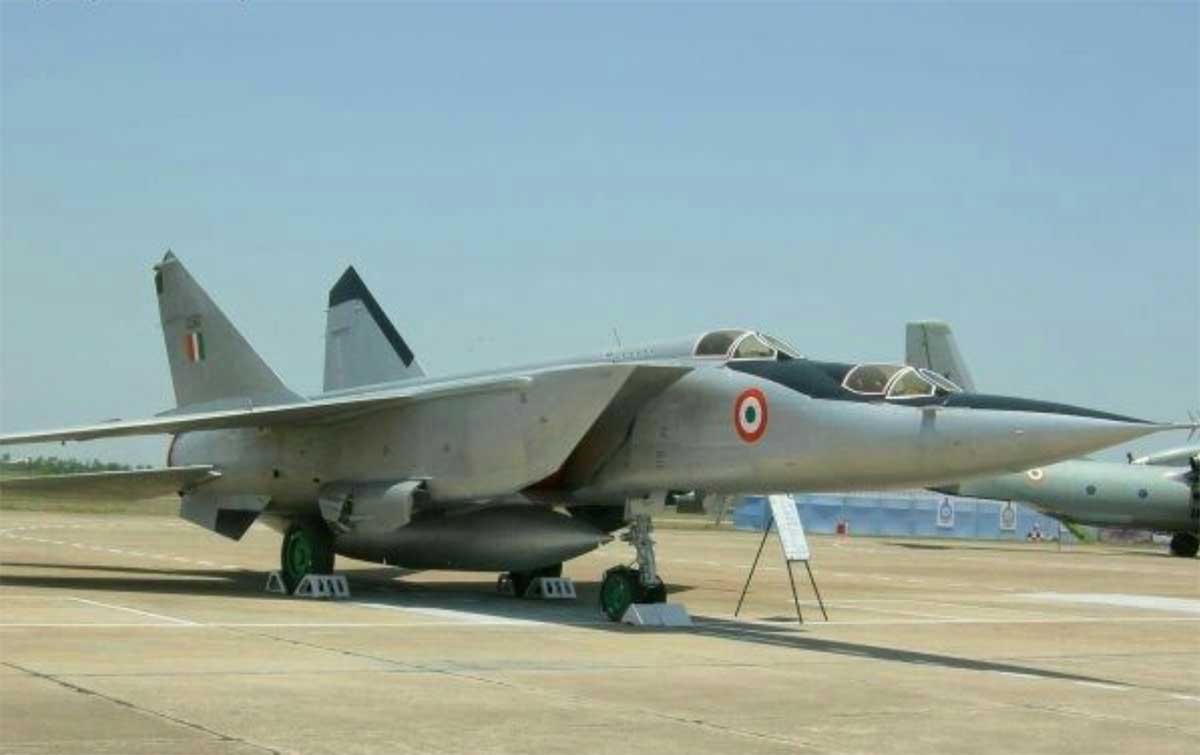SOURCE: AFI


The air war over Ukraine has showcased the formidable capabilities of the Russian air force’s Mikoyan MiG-31BM interceptor, particularly when paired with its very-long-range R-37M missile. This combination has given Russia a significant aerial advantage, even as the wider conflict continues to unfold. However, this prompts an interesting comparison with the Indian Air Force’s historical use of the MiG-25 and its subsequent decision regarding the MiG-31.
The Indian Air Force (IAF) utilized the MiG-25 long-range interceptor/reconnaissance aircraft with great effectiveness. The MiG-25, known for its exceptional speed and high-altitude capabilities, was unrivaled in South Asia. During the Kargil War, the MiG-25 played a crucial role in gathering intelligence over Pakistani soil, taking detailed photographs of strategic locations without any competitor in the region able to match its performance.
However, with advancements in remote sensing satellites and synthetic aperture radar technology, the need for manned high-altitude reconnaissance decreased. By 2006, the IAF decommissioned its fleet of MiG-25s, marking the end of an era. At its peak, the IAF operated seven MiG-25s, with one lost to a crash. The retirement of these aircraft led to a significant decision point: should India adopt the more advanced MiG-31?
Following the decommissioning of the MiG-25, Russia offered India the MiG-31 along with ultra-long-range missiles. The MiG-31, equipped with the powerful Zaslon phased-array radar and capable of carrying R-33 long-range missiles, is a superior platform in terms of interception. It can track and engage targets up to 300 kilometers away, making it a formidable defense asset against high-altitude bombers and reconnaissance drones.
Despite the impressive capabilities of the MiG-31, the IAF decided against acquiring it. Instead, they opted to increase their orders for the Su-30MKI, a multi-role fighter that provides broader operational flexibility.
While the MiG-31 excels in its role, particularly against high-altitude reconnaissance platforms and bombers, its niche capabilities were deemed less critical for India’s strategic needs. The aircraft’s reliance on speed and altitude to evade enemy missiles is less relevant in scenarios where adversaries possess high-speed missiles capable of engaging threats at similar altitudes.
India’s decision to prioritize the Su-30MKI over the MiG-31 reflects a strategic assessment of current and future operational requirements. The MiG-31 remains a powerful interceptor, vital for Russian needs against large fleets of NATO aircraft and reconnaissance drones. However, for the IAF, the multi-role capabilities, logistical simplicity, and electronic warfare advantages of the Su-30MKI made it the more suitable choice.